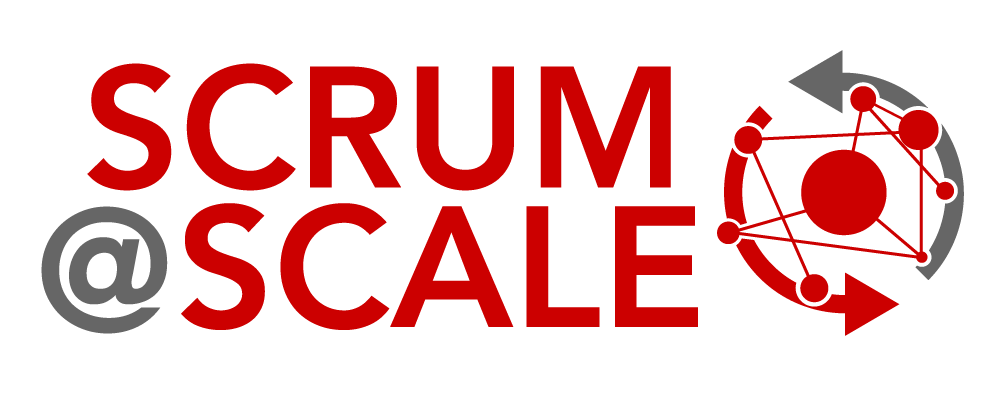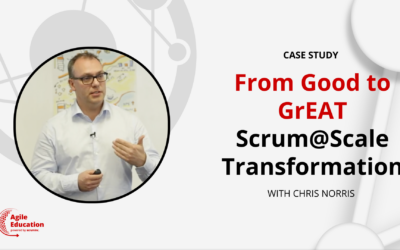Scrum@Scale Case Study
Drummond: A New Approach for Gas Exploration
CASE STUDY SNAPSHOT
Trainer Name: Fabian Schwartz
Organization: Drummond
Organization Size:Large
Industry: Mining, Quarrying, and Oil and Gas Extraction
Topics: Continuous Improvement and Impediment Removal, Executive Action Team (EAT)
Date: 2017
Website: Scrum Network
Summary
Mineral extraction company Drummond knew the rock formations lying beneath Northern Colombia were home to large deposits of coal.
But recently, Drummond discovered shale formations in and around their established coal mines held something else as well – huge reserves of natural gas.
Drummond is primarily a coal mining company. Fracking natural gas wells in Colombia was, potentially, a highly profitable new business opportunity. But only if they first removed some significant impediments.
After reading a Spanish copy of Scrum: The Art of Doing Twice the Work in Half the Time, an executive asked me if Scrum and Scrum@Scale could help address their issues. “Yes,” I said, “But the question is where do we start?”
A Front-End Loaded System
The cost of change in mineral extraction is quite high. Drummond estimated it would cost between 2 and 4 million dollars to drill each natural gas well.
This is why they usually rely on something called “front-end loading” to manage their products. This means they do everything thing they can on the project before the drill first augers into the soil. This was a natural place to introduce Scrum in this cycle.
Drummond’s executives knew they were facing two major problems. First, critical information was not being shared efficiently. This lead to expensive delays. Second, Drummond’s main office in Bogota had issues coordinating and communicating with their staff in the field.
All this meant these teams were not working efficiently together.
Launching The Executive Action Team
With the high level of executive buy-in at Drummond, it was easy to start at the top. So the first step we took was launching an Executive action team (E.A.T.).
After training the E.A.T. in basic scrum practices a Vice President became the Chief Product Owner who managed a unified backlog. Each Sprint would last 2 weeks and the E.A.T. would meet for 15 minutes each day. They stayed in touch with Drummond’s remote teams by using video conferencing systems.
This allowed critical information to be quickly shared throughout the teams regardless of geography. Delays were reduced and impediments were resolved in hours rather than weeks. Teams also reported increases in motivation, transparency, and focus.
A Faster Well Drilled At the Same Speed
Increasing Team velocity is a key focus of Scrum. Increasing organizational velocity and strategic agility is a key focus of Scrum@Scale. But there is one type of velocity neither can change; the speed of a drilling rig.
Which is why Drummond’s results in this case study are all the more surprising. Before implementing the E.A.T., the fastest well they had ever drilled took 10 days to finish.
Now the average drilling time for every well is down to 6 days.
This is due in large part to improvements in the supply chain brought about by the E.A.T. using Scrum@Scale.
Acknowledgements
We’d like to thank the following people from Drummond for their contributions to this case study
- Alberto Garcia – Vice President Hydrocarbons
- Arnovi Viloria – Administrative Director
- Madeleine Baron – PMO Analyst
More Case Studies
Preserve Culture While Scaling: The Road Back to Cohesiveness
Resolving Government Project Inefficiencies with Agile Solutions
From Good to GrEAT – Chris Norris
Agile Education Case Study From Good to GrEAT with Chris Norris Discover how Chris Norris dramatically improved the eStore development process for a large food and beverage company through the creation of an Executive Action Team (EAT). This case study demonstrates a...



